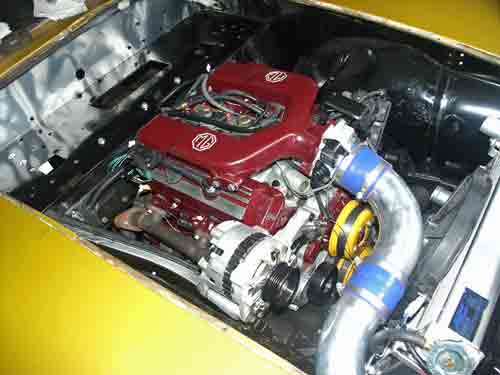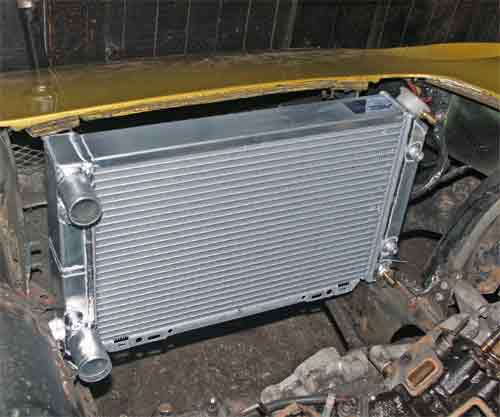[ QUOTE ]
I have worked on cars with those filters in the past...they went straight in the bin. As for the the quote " a car with no inner fenders"...I have restored many Granturas, Vixens and Griffiths and they all where fitted with inner fenders except for the hack jods.
I have vast experience welding British alloy. Jaguars are the at the top of british build quality and there castings are far better than aftermarket pieces. Try welding a TVR rear up right some time.
As for the spelling bit...Thanks for the help, but you would be mutch better of if you knew more automobiles, there care, maintance, and restoration methods.
This is what I love about this forum...most think they know, but will not listen to someone that has been there done that.
[/ QUOTE ]
Uh David, I can understand you being ticked at me dismissing your post as off topic (and badly spelled, but that is admittedly a cheap shot), but why do you assume I have no experience with British cars?
In fact I have been racing and building them for over 30 years, have owned around 100 of them myself and continue to play about with several.
Right now the stable consists of a stock 1962 MGA deluxe coupe, an MGA Twincam race car, a tricarb (my conversion) MGC, a 1957 MGA with Fibrefab body that I am rebuilding, a 1971 Jensen Interceptor, a 1965 Jensen CV8 with sixpack, a 1969 Lamborghini Islero, and a 300 BHP 1988 Fiero.
I have had a fair bit of experience with aluminum heads in that bunch as well as in the previous 90 or so cars, thanks.
The shortie filters (which need to be replaced regularly)were used on the TVR because there isn't much clearance between the footbox and the intake with Webers on it. The inner fenders had been removed to make servicing easierwhen I was using that car as a development mule for my Twincam engine and needed access to various bits - the inner fenders were preserved and are now in Holland, no doubt attached to the car again, and running around the European tracks.
You are right about TVR rear uprights - I removed the 'ears' that stick down - the ones that weren't already broken off from hitting things on the road, machined the bottom smooth, and welded on a tube of alloy to take a 4130 steel tie-bar - a much better set-up and one that served well in many years of racing.
Much of the problem with alloy heads is owner caused - not using antifreeze accounts for many broken heads I've seen. We've saved several heads with that sort of problem by stitching them up again - unless the cracking is internal in an area you just can't get to.
And as for porous castings, we've seen more probems in things like my Lamborghini than many British cars. The intake manifolds on some of the Lambos (not mine, thankfully) and the magnesium Campagnolo wheels have a reputation for leaking. HRG heads, however, do not.
Take a look at the attachment - it is my TVR, arrived in Holland, with the new owner's kids helping wash it from several years of storage grime. Cute kids!

 Hi Guest!
Hi Guest!

 smilie in place of the real @
smilie in place of the real @
 Pretty Please - add it to our Events forum(s) and add to the calendar! >>
Pretty Please - add it to our Events forum(s) and add to the calendar! >> 






